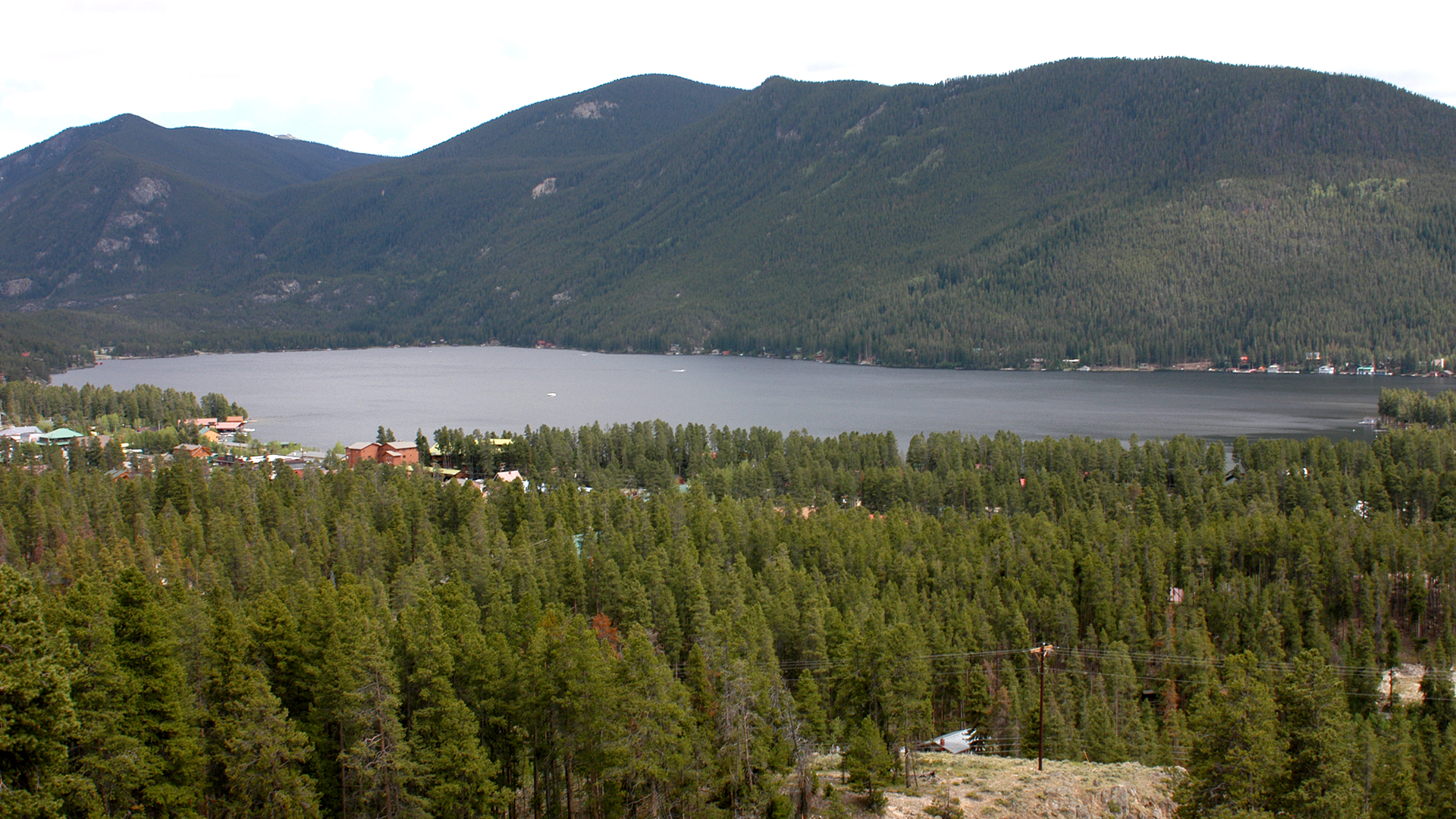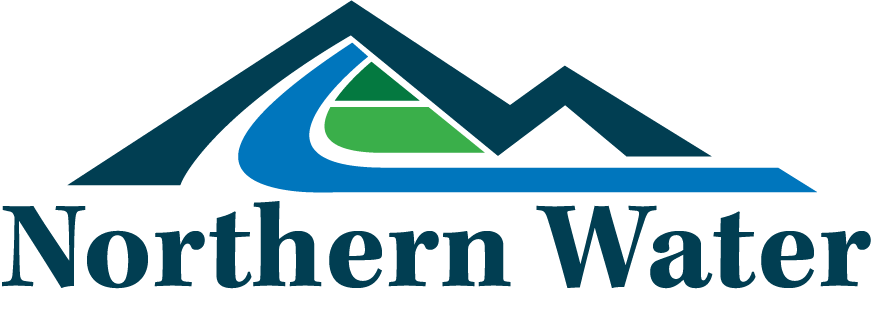Forest Health
Healthy Forests, Clean Water: A Vital Connection
Healthy forests are the foundation of clean, reliable water. Forested watersheds serve as nature’s filtration system—regulating streamflow, stabilizing soils, and capturing pollutants before they reach reservoirs and water distribution networks. For Northern Water, maintaining forest health is a cornerstone of our source water protection strategy.
Our water supply infrastructure—including the Colorado-Big Thompson Project, Windy Gap and Windy Gap Firming projects, and the Northern Integrated Supply Project—depends on high-elevation watersheds that face growing threats from wildfire, climate change and ecological decline.
Northern Water’s Source Water Protection Area (SWPA) encompasses more than 2 million acres, with roughly 1.3 million acres (62 percent) classified as forested. These forests span both the East and West Slopes of the Continental Divide, forming a critical buffer that safeguards water quality for communities across northeastern Colorado.

Land ownership within the SWPA is diverse and presents both opportunities and challenges for forest management. More than 70 percent of forested lands are federally managed—primarily by the U.S. Forest Service and National Park Service—while 19 percent are privately owned, and the remainder are managed by state, local and conservation entities.
Northern Water Source Water Protection Area Forest TypesForest Health Strategic Road Map
To guide our efforts, Northern Water developed a Forest Health Strategic Road Map—a comprehensive framework that outlines our approach to forest and watershed resilience. This roadmap identifies key risks, constraints and treatment opportunities, and is supported by a multi-year work plan that evolves with changing conditions, technologies and partnerships.
The roadmap is built around seven key strategies:
- Development of Planning and Decision Support Tools: Creating geospatial databases and prioritization tools to identify and assess treatment areas across our watersheds.
- Fostering Strategic Partnerships: Collaborating with watershed coalitions, federal and state agencies, local governments and private landowners to expand capacity and build community support.
- Targeted Fuels Treatment and Stream Restoration: Implementing mechanical thinning, prescribed burns (where feasible) and stream restoration projects to improve forest resilience and water quality.
- Legislative and Policy Advocacy: Supporting policies and funding mechanisms that enable forest health work at the pace and scale needed to address wildfire threats.
- Development of Funding Strategies: Pursuing grants, cooperative agreements and innovative funding sources—including carbon markets—to support forest health and wildfire mitigation.
- Education and Outreach: Engaging stakeholders, communities and decision-makers to raise awareness about the connection between forest health and water security.
- Staying Abreast of Advancements: Monitoring emerging science, technologies and best practices to ensure our strategies remain adaptive and effective.
A Collaborative Approach to Stewardship
Northern Water’s Forest Health Program thrives on collaboration. The majority of forested lands within our Source Water Protection Area are managed by federal, state and local agencies—or held in private ownership—making strategic partnerships essential for advancing forest health and watershed restoration.
We actively engage with public agencies and nonprofit organizations to pool resources, align priorities and coordinate planning across diverse landscapes. These partnerships help drive on-the-ground implementation and ensure that efforts are both efficient and impactful.
Beyond direct collaboration, Northern Water plays a key role in numerous regional and statewide initiatives dedicated to forest and watershed resilience. Through these networks, we contribute to shaping policy, sharing best practices and amplifying the collective impact of restoration efforts.
Key partners include the U.S. Forest Service, National Park Service, Colorado State Forest Service, Grand County, Larimer County, Larimer Conservation District, Grand County Wildfire Council, Big Thompson Watershed Coalition and Estes Valley Watershed Coalition.
